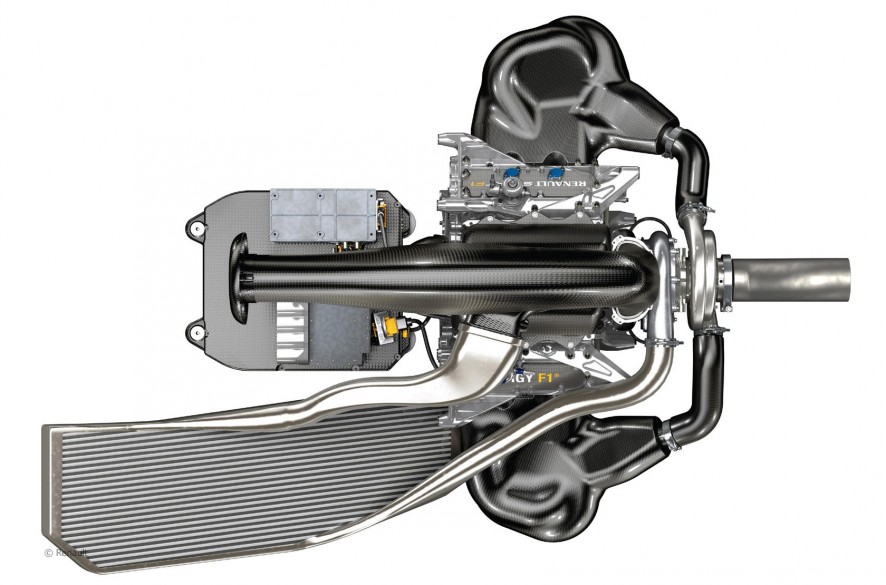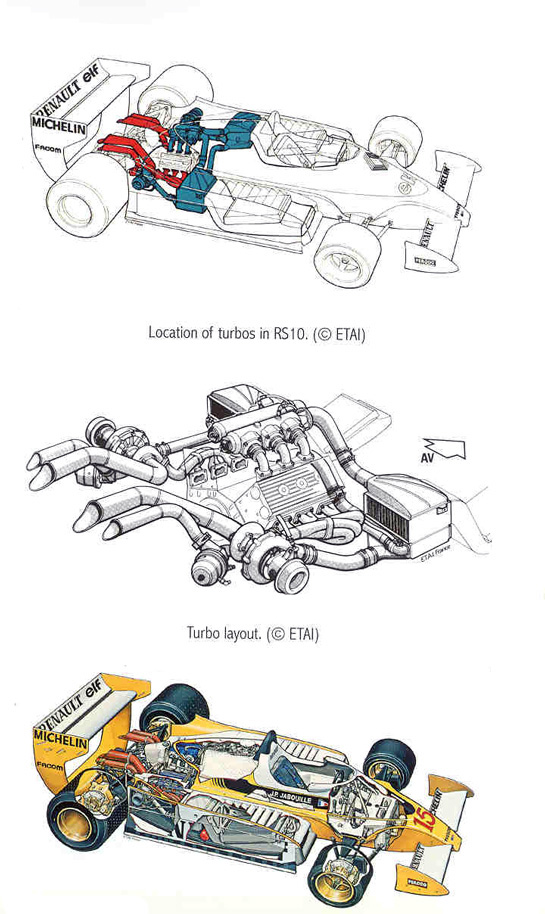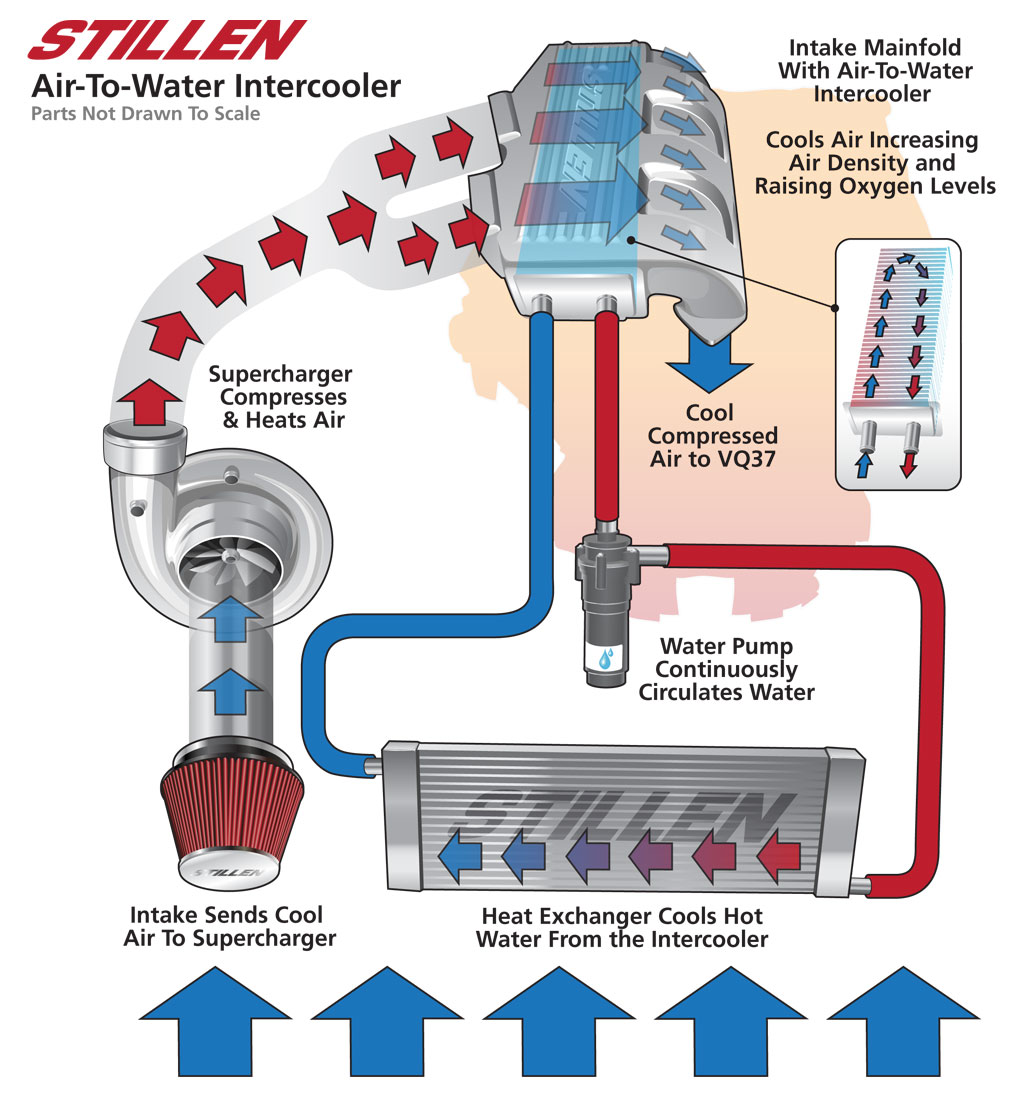- Login or Register
No account yet? Sign up
That would be in line with my view of the typical formula 1 journos' technical understanding.Tommy Cookers wrote: ...
so Mr Green has in mind 30% more bulk or cross-sectional area of the cooling systems, not 30% more heat transfer ?


Remember that the original image of the new Renault engine had a very small intercooler in a very convenient position;wuzak wrote:I would still suggest that it would be useful to consider the benefits of a water to air intercooler system.
That way the compressed air can have a more direct route to the engine and the radiator would present much less of a problem from an aerodynamic standpoint.
...



So air/water intercoolers although heavier may have an advantage because of easier packaging and shorter air plumbing. If that's enough to overcome weight and complexity drawbacks - we'll see. I think the engineers in F1 teams are clever and intelligent people so they thought about it and we'll see the result in about three months time.xpensive wrote:@ piast9; Yes, you would think so, wouldn't you?

I'm not so certain about that last part actually. Moreover, I still suspect that you can integrate the cooling with the engine's.ringo wrote: ...
Newey is good, but he's just an employee like anyone else in an f1 team. If Renault give them a sprawled out engine package, he simply has to work with what is given to him.
The point is that the radiator required for a water to air intercooler system will be smaller than an air to air system of equivalent capacity, and thus will provide an aerodynamic benefit.ringo wrote:It wont be. You will still need a second radiator to cool the water that is cooling the inter cooled air.
This radiators size will be determined by the mass of water in the intercooler circuit.
Shorter air plumbing is the only plus and maybe locating that intercooler somewhere else than the sidepod. However it's the radiator that will have the heated water from the intercooler that will need to be located in the sidepod.